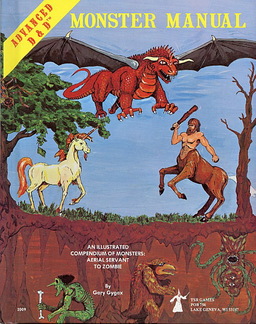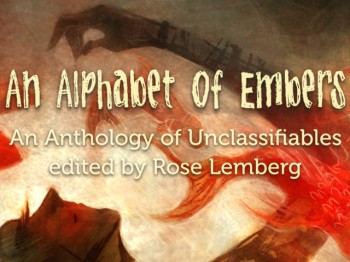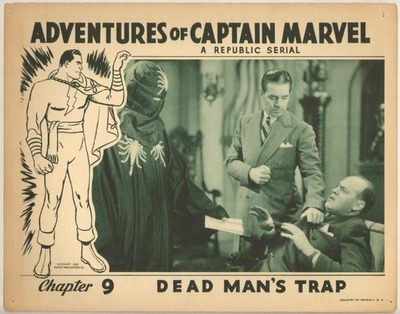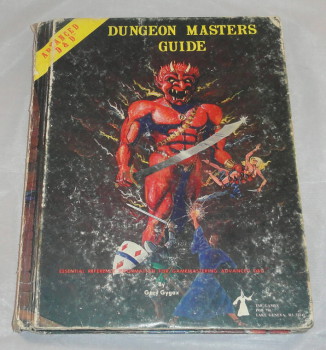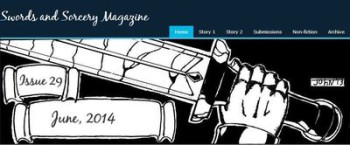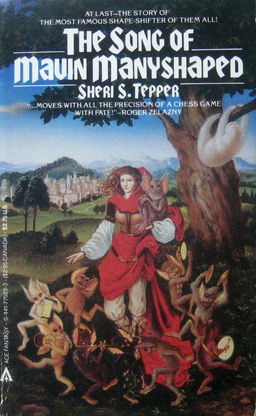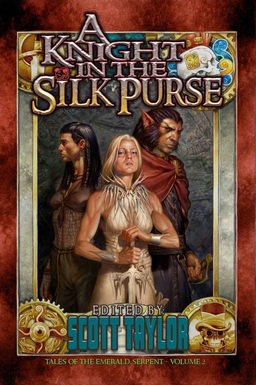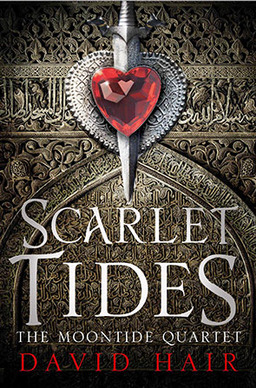Pat Murphy’s Three Books of Adventures
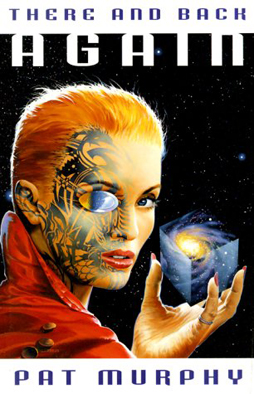 There was an extended period of time in the 1990s and the first decade of this century when I didn’t read much science fiction or genre fantasy. I started reacquainting myself with these fields a few years ago and I’m still in the process of learning what I missed. It’s not uncommon for me to only now find out about an author who established themselves during those years. Which brings me around to Pat Murphy.
There was an extended period of time in the 1990s and the first decade of this century when I didn’t read much science fiction or genre fantasy. I started reacquainting myself with these fields a few years ago and I’m still in the process of learning what I missed. It’s not uncommon for me to only now find out about an author who established themselves during those years. Which brings me around to Pat Murphy.
A little while ago, I stumbled on three books by her that make up a highly distinctive sort of trilogy: There And Back Again, Wild Angel, and Adventures in Time and Space With Max Merriwell. They were published one a year from 1999 to 2001. They don’t really share a plot or setting, though some characters cross over from one to another. They’re linked by concepts both metafictional and science-fictional, which is a surprisingly unusual pairing, and while each can easily be read alone, the third book ties them all together with surprising effectiveness. ‘Surprising’ because at first the links between the books aren’t obvious. But by the end of book three, you realise what Murphy was driving at, and why these things had to be done in this particular way.
So what are these books? There And Back Again is a futuristic sf story about Bailey Beldon, a simple ‘norbit,’ a human inhabitant of an asteroid, who gets tied up with an oddball wanderer named Gitana and a family of thirteen clones. The clones have a map that’ll lead to a treasure with a fearsome guardian — and Gitana has decided that Bailey will accompany them on their quest. It is, in fact, a science-fictional and somewhat gender-flipped version of The Hobbit, and extremely effective. Similarly, Wild Angel is a story set in nineteenth-century California of a girl whose parents were killed when they came west to look for gold; the girl’s raised by wolves in exactly the same way Tarzan was raised by apes. But it’s the third book where things get really strange.
